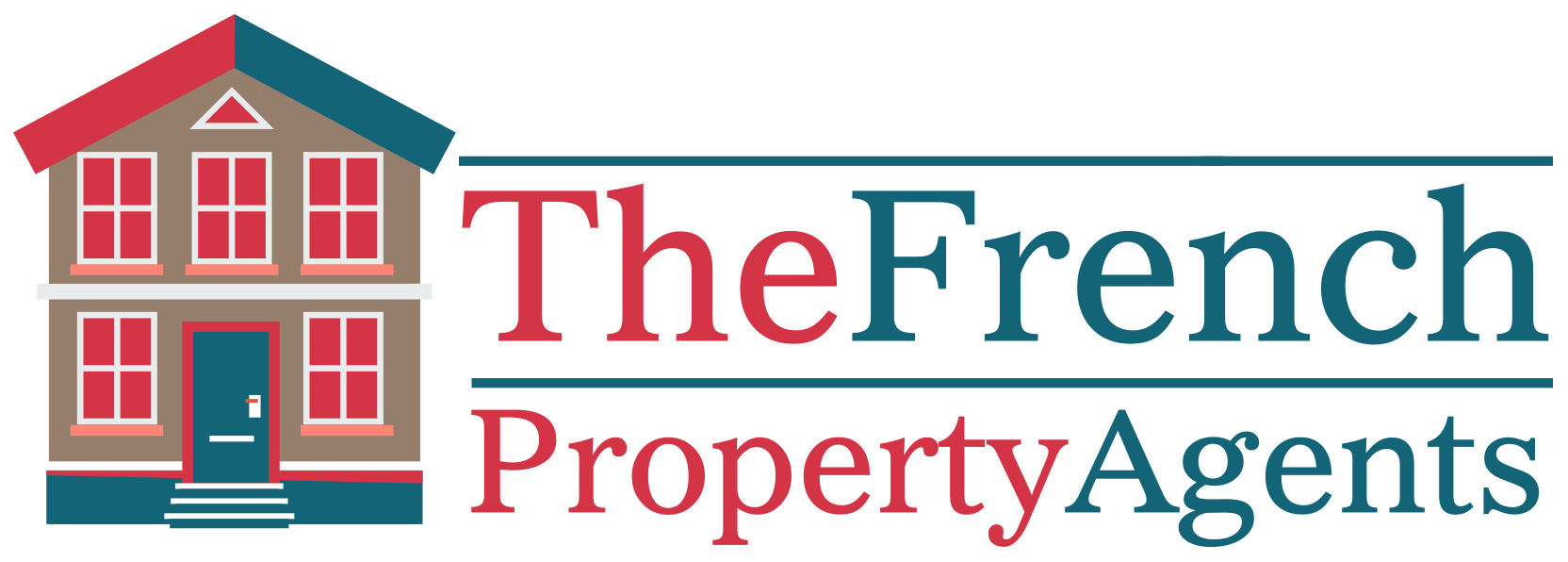The Dordogne department, in South West France has been a stalwart choice for expatriate buyers, notably British, for decades. Going further back, this region of France was under English rule for some 300 years following Eleanor of Aquitaine’s marriage to Henry II. After the Hundred Years’ War with the River Dordogne as a focal point, the French regained control in 1453. Since the 1960s, Britons have been looking for properties for sale in the Dordogne, from cute but delapidated french barns to renovate, all the way through the spectrum to sumptuous French Chateaux.
Research from BNP Paribas in 2012 (okay, a few years ago now, but still a good post-recessional yardstick) showed that the number of UK buyers of property in the Aquitaine region rose from 35% of all international buyers to 47%, so almost half. The French property market, particularly in areas with concentrations of expatriate or internal buyers, has been through a fairly turbulent time, but the net result is that it is definitely a buyer’s market, with a stack of good-quality, reasonably priced cottages, houses, farms and smallholdings for sale in France. From plots of land at 10,000 euros to multi-million pound chateaux, there is a simply amazing choice.
Although some french property agents with a good web presence have managed to ride the downturn in the French property market after the 2008 recession, figures from INSEE (the National Institute of Statistics and Economic Studies) still shows that French property transactions are down overall.
The Dordogne department is the third largest in France and is divided (a bit like Yorkshire which had the four “Ridings”) into 4 unofficial areas but all with their own identity, culture and passion:
– Périgord Vert: Centred around the market town of Nontron, famous for its’ knives, and includes hundreds of hectares of rolling woodland and pretty towns like Brantôme and Piégut-Pluviers
– Périgord Blanc: Noted for its’ white limestone hills, and which contains the ‘county town’ and administrative capital, Périgueux which has a lovely old quarter and some amazing boutique shops
– Périgord Pourpre: Includes the town most will think of as the capital – Bergerac – with surrounding vineyards, châteaux and maison de maîtres and pretty bastide towns like Eymet
– Périgord Noir: Probably the most internally famous part of the Dordogne, situted to the South East which includes Sarlat, La Roque-Gageac, Belvès and the River Vézère
Dordogne is a department which relies heavily on tourism for growth. It is understood that some 3m visiters flock to the region each year, and account for over one-fifth of the Dordogne economy. Some €850m are generated annually from tourist activity. As a result, buyers have diverse choice of possible businesses in the department, including gites businesses, bed and breakfasts or smallholdings.
Whereas 10 years ago the Dordogne was considred relatively expensive compared to its’ neighbouring departments like the Charente, the Lot and the Correze, the price correction over the last few years and with lesser-known areas coming onto the radar, there is now greater parity between the Dordogne and surrounding departments. Those for whom labels are important will default to looking at properties for sale in the Dordogne, as when you explain it to friends or family they will instantly evoke images of fairytales castles, turrets, rocky outcrops and beautiful rivers (which is all true, of course). Many people will consider looking on the fringes of the Dordogne department, to benefit from the beauty and climate, but will assume they cannot afford it – however, that is no longer the case.
We spoke to a young couple who had a budget of €80,000 to buy a 2 bedroom village house. Their search focused on the Limousin, particularly the Haute Vienne department, as that seemed to offer best value for money. After a long day in the car with their French property agents, they had lost their bearings when they fell in love with a cute French cottage for sale in Bussière-Badil, a village close to Piegut-Pluviers.
“We made an offer on the spot as it ticked all our boxes. It was only when we saw the postcode on the draft Compromis de Vente that we realised we were buying a house in the Dordogne, which we thought was way beyond our budget!”. Stories like this show that with a good wind, with the right combination of buyer, vendor and property, there are still cheap french properties to be found.
House prices can vary across the department, such is its’ size, but generally speaking the following is likely to be a good benchmark for properties for sale in the Dordogne:
– Under €50,000: Complete restoration project, french barn or building plot
– €50,000 to €100,000: ‘Habitable’ property to restore, small village property/holiday home or larger project (e.g. with land)
– €100,000 to €200,000: Renovated holiday homes/small houses, habitable farms or smallholdings
– €200,000 to €500,000: Fully renovated french properties, often with land or gite businesses for sale
– Upwards of €500,000: French chateaux, vineyards, campsites, maisons de maitre, french mansions
